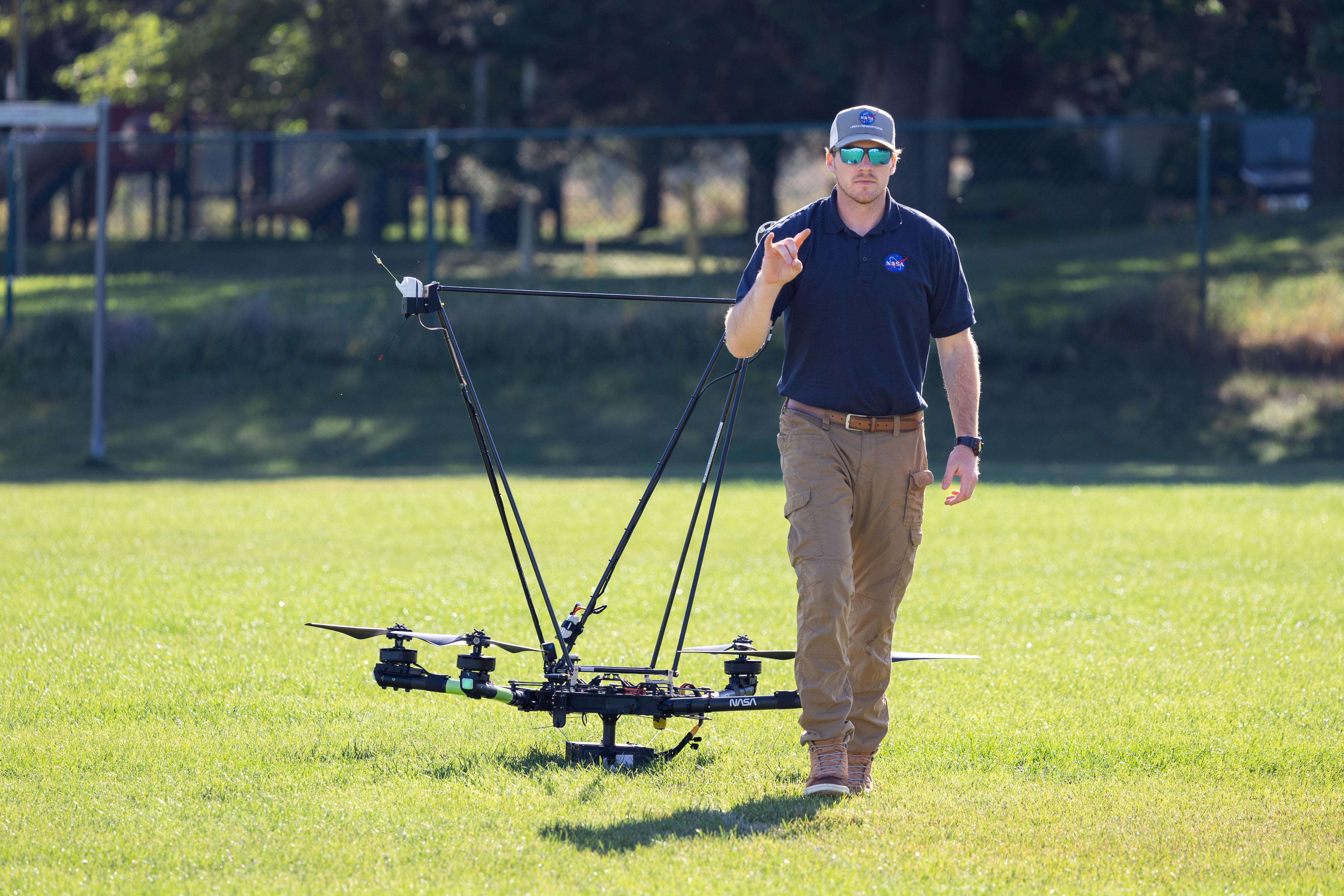NASA Scientific Balloon Takes Flight With Student-Built Payloads
NASA’s Scientific Balloon Program’s fifth balloon mission of the 2024 fall campaign took flight Wednesday, Sept. 4, 2024, from the agency’s Columbia Scientific Balloon Facility in Fort Sumner, New Mexico. The HASP 1.0 (High-Altitude Student Platform) mission remained in flight over 11 hours before it safely touched down. Recovery is underway. HASP is a partnership […]

2 min read
Preparations for Next Moonwalk Simulations Underway (and Underwater)
NASA’s Scientific Balloon Program’s fifth balloon mission of the 2024 fall campaign took flight Wednesday, Sept. 4, 2024, from the agency’s Columbia Scientific Balloon Facility in Fort Sumner, New Mexico. The HASP 1.0 (High-Altitude Student Platform) mission remained in flight over 11 hours before it safely touched down. Recovery is underway.
HASP is a partnership among the Louisiana Space Grant Consortium, the Astrophysics Division of NASA’s Science Mission Directorate, and the agency’s Balloon Program Office and Columbia Scientific Balloon Facility. The HASP platform supports up to 12 student-built payloads and is designed to flight test compact satellites, prototypes, and other small experiments. Since 2006, HASP has engaged more than 1,600 undergraduate and graduate students involved in the missions.
Teams participating in the 2024 HASP 1.0 flight included: University of North Florida and University of North Dakota; Arizona State University; Louisiana State University; University of Colorado Boulder; College of the Canyons; Fort Lewis College; Capitol Technical College; University of Arizona; Universidad Nacional de Ingeniería (Peru); and McMaster University (Canada).
A new, larger version of the High-Altitude Student Platform (HASP 2.0) had its engineering test flight a few days prior. HASP 2.0 will be able to accommodate twice as many student experiments as HASP 1.0 once operational in the next year.
The remaining three balloon flights scheduled for the 2024 Fort Sumner fall campaign await next launch opportunities. To follow the missions, visit NASA’s Columbia Scientific Balloon Facility website for real-time updates on balloons altitudes and GPS locations during flight.
For more information on NASA’s Scientific Balloon Program, visit:
https://www.nasa.gov/scientificballoons
Share
Details
Related Terms
What's Your Reaction?



















.jpg?#)

































